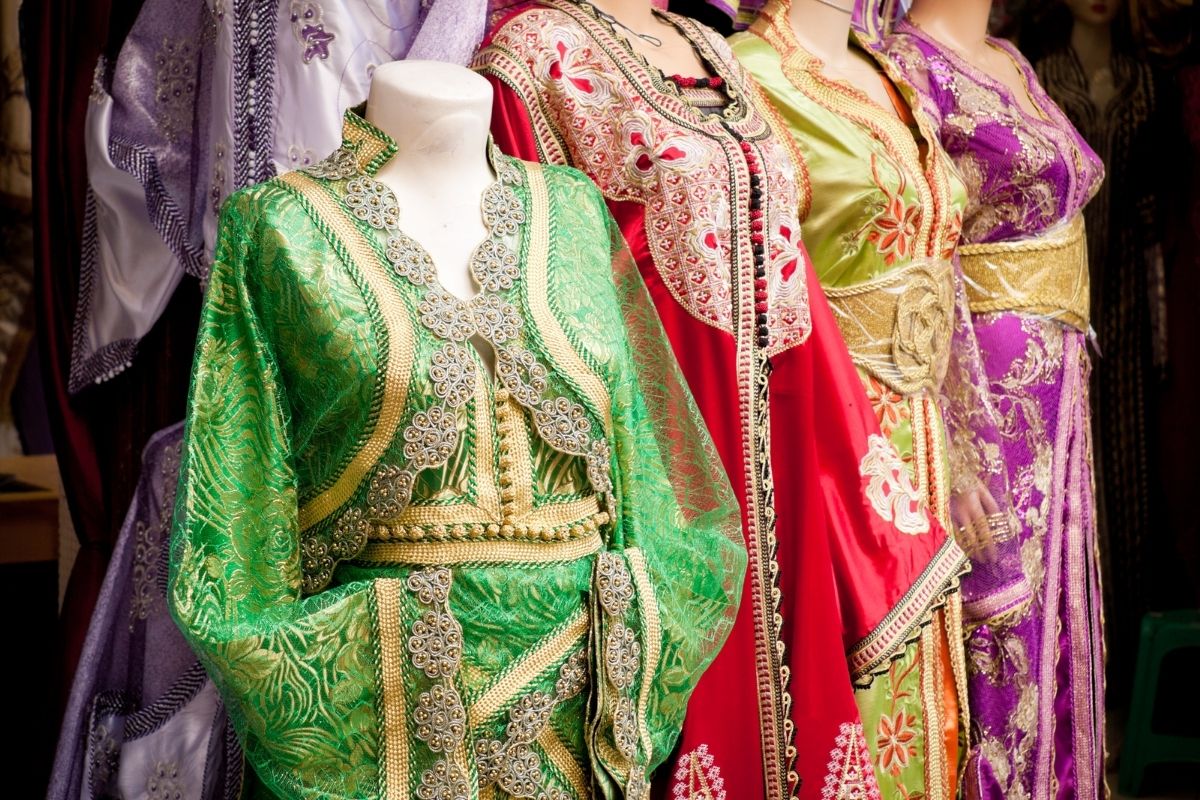Morocco, a land of rich cultural heritage and vibrant history, boasts a fascinating tapestry of traditional clothing that reflects its diverse heritage and historical influences. The traditional dress of Morocco is not merely a reflection of fashion; it is a window into the country’s past, a testament to its craftsmanship, and a source of pride for its people. In this article, we embark on a journey through time to explore the intricate and colorful world of traditional Moroccan dress.
Traditional Moroccan Dress
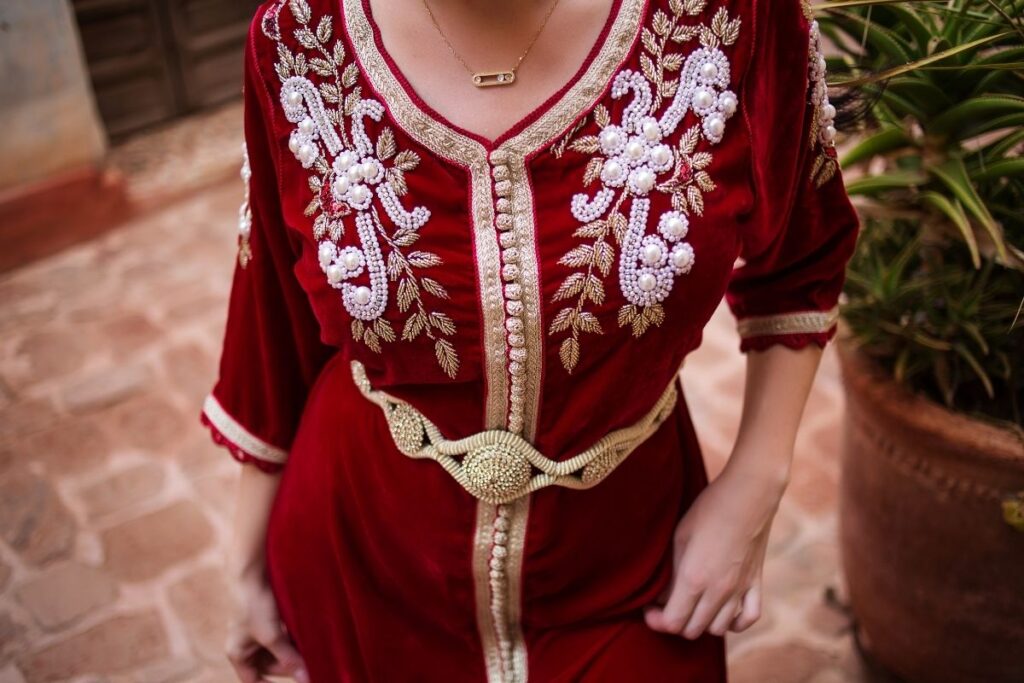
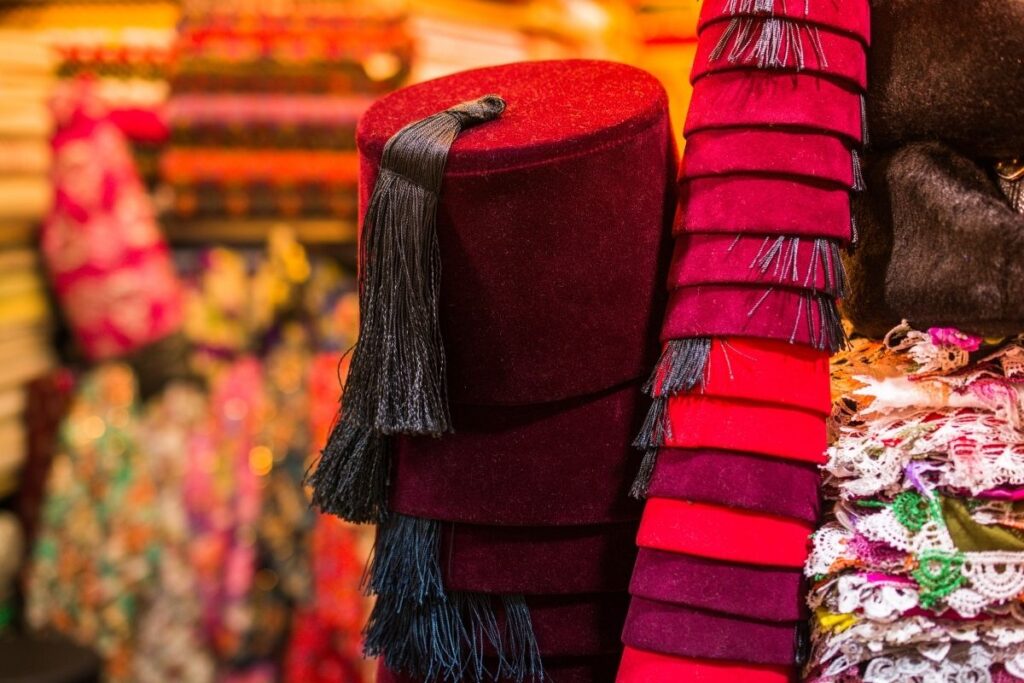
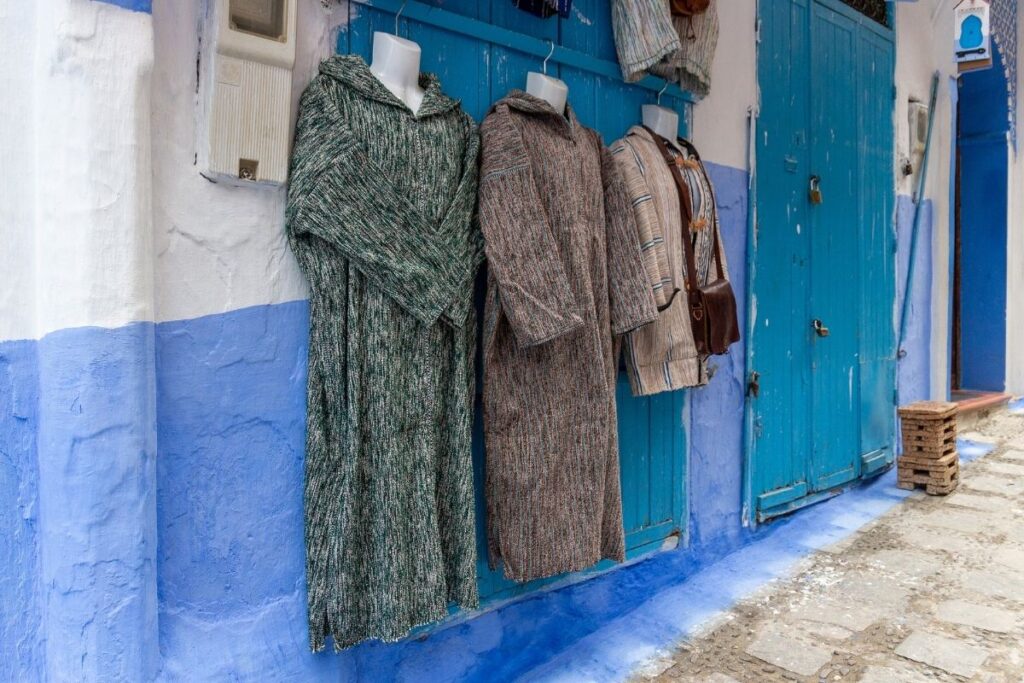
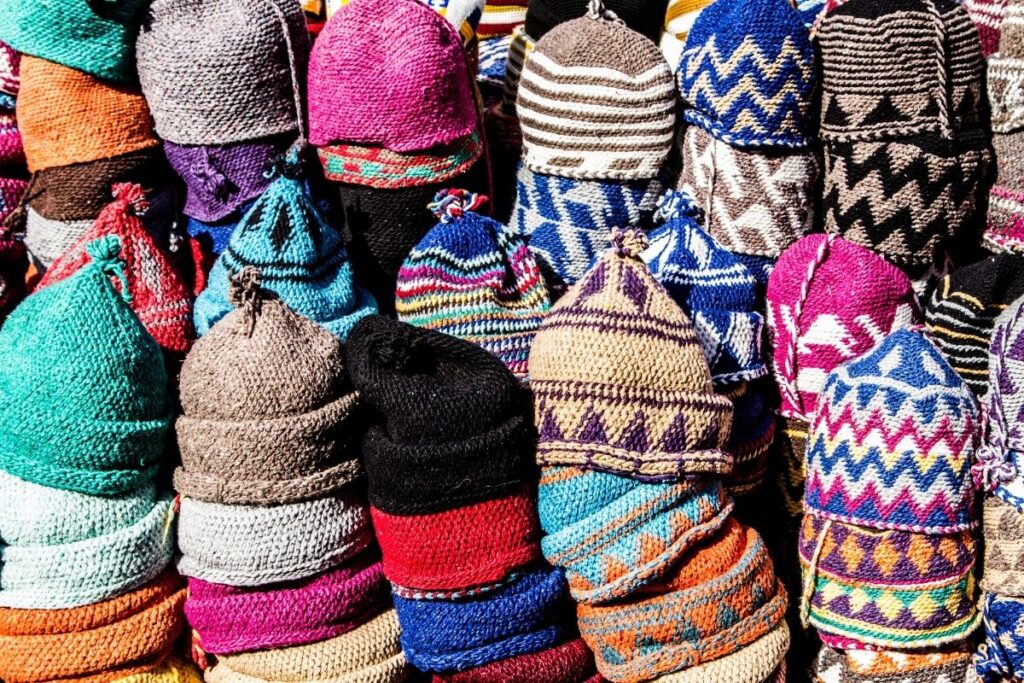
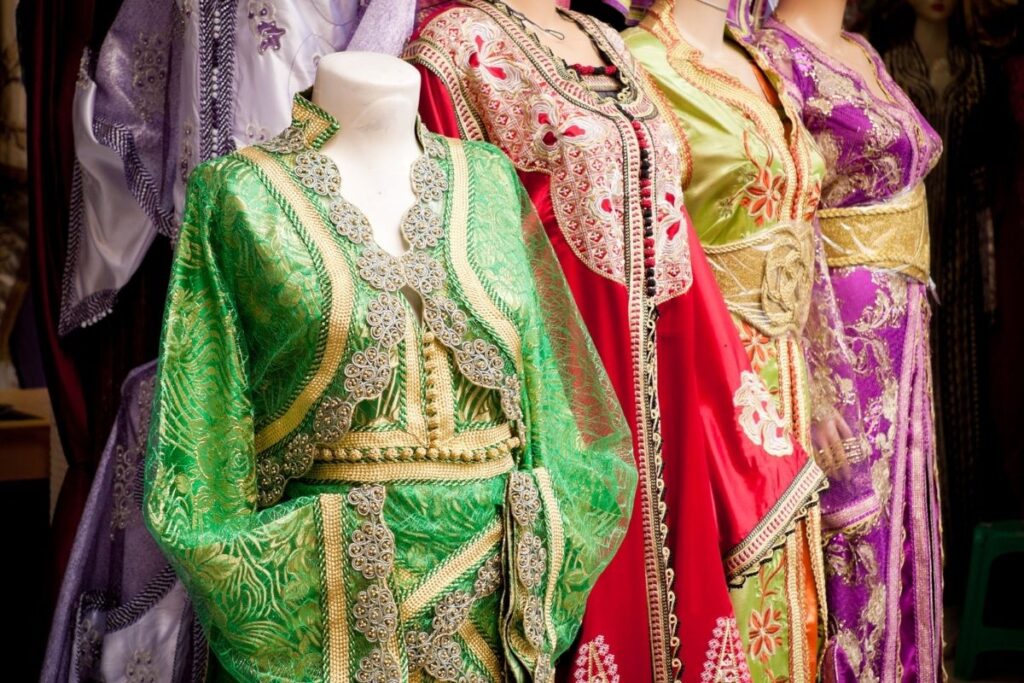
The Melting Pot of Moroccan Fashion
Morocco’s traditional clothing is a testament to its diverse cultural influences. The country’s history as a crossroads of civilizations, including Arab, Berber, Andalusian, and Saharan cultures, has left an indelible mark on its fashion. Each region of Morocco has its unique style of traditional dress, reflecting the customs, climate, and resources of the area.
The Djellaba: Iconic Moroccan Attire
One of the most iconic pieces of traditional Moroccan clothing is the djellaba. This loose-fitting, hooded robe is worn by both men and women and is synonymous with Moroccan culture. The djellaba‘s design varies from region to region, with different embroidery patterns, colors, and materials used.
Traditionally, the djellaba was made of wool to provide warmth during Morocco’s cool evenings. However, in warmer regions, cotton is prevalent. The hood of the djellaba, known as the qob, serves both functional and symbolic purposes. It can be worn to protect against the sun or cold, and it also represents modesty and humility.
Berber Traditions: Amazigh Clothing
The indigenous Berber people of Morocco have their unique style of traditional clothing, which varies among different Berber tribes. The Amazigh, as they are known, take immense pride in their heritage, and their clothing reflects a strong connection to their culture and environment.
One of the most recognizable elements of Berber attire is the use of vibrant colors and intricate geometric patterns. Women often wear bright, beautifully embroidered dresses, while men opt for djellabas adorned with tribal motifs. The Amazigh also have a tradition of tattooing their faces and hands, which adds to their distinctive appearance.
The Kaftan: Elegance and Royalty
The kaftan is a symbol of elegance and sophistication in Moroccan fashion. It is a long, flowing robe with wide sleeves and intricate embroidery. While it has been worn for centuries, the kaftan gained prominence during the reign of the Alaouite dynasty in the 17th century. Today, it is often associated with special occasions and formal events.
Moroccan kaftans are available in a wide range of fabrics, from luxurious silks to more modest cotton or wool. They are known for their elaborate embroidery, which can be incredibly detailed and time-consuming to create. Kaftans are favored by Moroccan brides, who wear them as part of their wedding attire, often paired with intricate jewelry and accessories.
The Fez: An Iconic Hat
No discussion of traditional Moroccan dress would be complete without mentioning the fez. The fez is a distinctive, cone-shaped hat made of felt and typically red in color. It has a tassel attached to the top and is often worn as a symbol of identity, especially by men.
The fez has a long history in Morocco and was originally introduced by the Ottoman Empire. It became particularly popular during the rule of Sultan Moulay Ismail in the 17th century. While it may have originated elsewhere, the fez has become synonymous with Moroccan culture and is an essential part of traditional Moroccan dress.
The Evolution of Moroccan Fashion
While traditional Moroccan dress remains an essential part of the country’s culture, it has also evolved to incorporate modern influences. Urbanization, globalization, and changing lifestyles have led to a fusion of traditional and contemporary fashion.
In cities like Casablanca and Marrakech, you’ll find young Moroccans embracing a mix of Western and traditional styles. Traditional attire is often reserved for special occasions, while daily wear leans more toward Western fashion trends.
Preserving Moroccan Heritage
Efforts to preserve and promote traditional Moroccan dress are ongoing. Local artisans and cooperatives work tirelessly to create and showcase traditional clothing, ensuring that the skills and techniques are passed down to future generations. Festivals and cultural events also play a crucial role in celebrating Moroccan fashion.
The traditional dress of Morocco is a vibrant tapestry of history, culture, and craftsmanship. It reflects the diverse influences that have shaped the country over centuries and continues to be an essential part of Moroccan identity. Whether worn for special occasions or daily life, traditional Moroccan dress is a testament to the enduring beauty of the nation’s heritage.
Morocco’s fashion heritage is a living testament to its rich history, diverse culture, and unique identity. Traditional clothing in Morocco is more than just fabric and threads; it’s a symbol of the country’s deep-rooted traditions and an expression of its people’s identity. From the iconic djellaba to the elegant kaftan, each garment tells a story of Morocco’s past and present.
Secure Your Adventure: Book Now for the Ultimate Moroccan Tour!
Book now and start the best tour with us! Discover the wonders of Morocco with our expertly crafted itineraries, tailored to provide an unforgettable experience. From breathtaking landscapes to rich cultural heritage, our tours offer the perfect blend of adventure and relaxation. Don’t wait – secure your spot today and embark on the journey of a lifetime!
